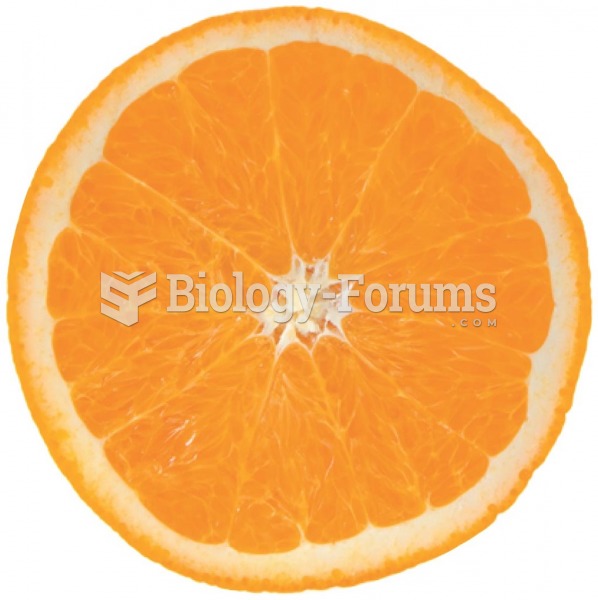Answer to Question 1
Fiber is the indigestible component of carbohydrates. The human digestive system cannot break down this non-starch polysaccharide to use its contents for fuel or nutrients. If we ate nothing but fiber, we could fill our stomachs but still starve. As a result, fiber was once thought useless, as waste to be removed through processing, which led to the production of food products almost devoid of fiber like white bread. We now know fiber has value. In fact, it has a number of health benefits due to its ability to lower circulating LDL levels through binding cholesterol and carrying it out of the body through the GI tract before the LDL can reach the bloodstream.
It reduces demands on the insulin system by slowing down the release of glucose from foods eaten, and prevents constipation by stimulating the movement of food through the GI tract at a steady pace. Although the evidence is inconclusive regarding whether eating a high fiber diet prevents colon cancer, it is strong regarding fiber's benefits in promoting cardiovascular health and preventing metabolic syndrome. For example, one study found that total fiber intake was associated with a 40 reduction in coronary heart disease. Many other studies established similar benefits.
Answer to Question 2
There may be health protective reasons to consider eating low rather than high glycemic foods. For example, evidence gathered primarily through observational epidemiological studies indicates that low glycemic index foods facilitate feelings of fullness and fight obesity, improve insulin sensitivity, lower triglycerides, increase high-density lipoprotein (HDL) levels as well as lower the risk of Type-2 diabetes, cardiovascular disease, colon and breast cancer. However, even though low glycemic foods may have health benefits, the issue of whether they should be recommended in diet plans for disease prevention is controversial. For example, the American Diabetes Association (ADA), a group that should be most concerned with this issue, does not emphasize using the glycemic index in making food decisions, but instead advises individuals to consider total carbohydrates as opposed to particular types of carbohydrates when choosing dietary plans. Though the current evidence is suggestive, more research is needed, specifically high quality experimental research such as randomized controlled trials before we can more definitively determine if eating low glycemic index foods can prevent chronic diseases such as heart disease, Type 2 diabetes, and cancer.







